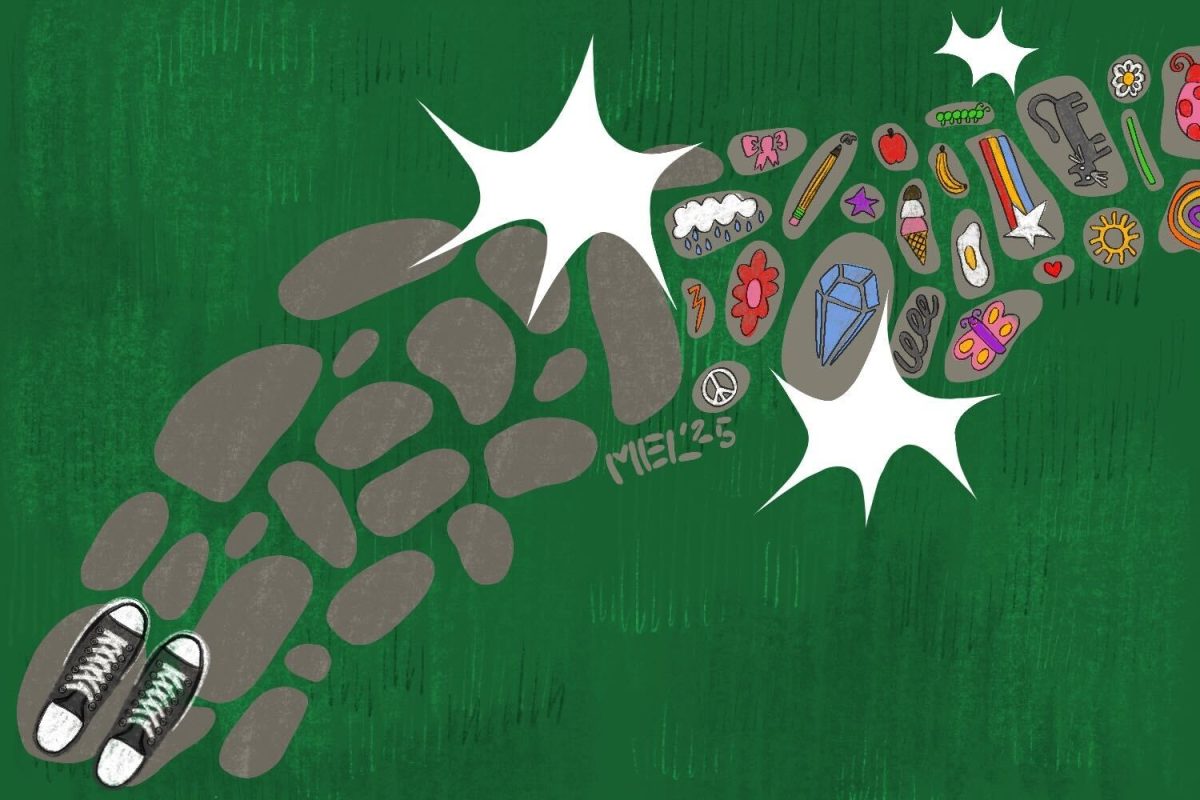One of the most pressing cultural phenomena today is gender and its placement in society. But what does “gender” really mean?
To the individual, gender is personally conceptualized and therefore entirely subjective, yet we often suffocate this freedom of self-identity by formatting “gender” to fit a definition that is concrete and universal.
It is critical to understand the clear distinction between the sex of an individual given at birth and the various gender roles that exist in American culture. Sex refers to biology and gender refers to identity, but society often uses the terms interchangeably and fits gender into distinct categories with rules and formats, whereas the actual meaning of gender is entirely up to the individual and how they identify with themselves.
Consequently, the traditional male and female binary is a man-made social structure. Humans are born with a physical classification of sex and society places an organized label on the ways in which these biological differences must manifest themselves in appearance and behavior.
Gender is a conceptualized means for societies to function with a generally comprehensive structure; it is a universal measure to make our raw emotions, action and appearances collectively understood and accepted.
These labels tend to shape our perceptions of ourselves and the world around us based on what society tells us about our sex, however, the individual’s concept of gender is self-determinant. Gender is what we make of it.
That being said, gender is like a kind of performance in that it is an expression of identity; the gender roles that humans claim are conceptual and their definitions may be manipulated through various perceptions of oneself.
The behavior and appearance of gender may not be generalized and is not concrete — we perform our gender identities in different forms that prove comfortable and fulfilling to us in various situations.
In other words, you cannot put a label on gender and how it should or does look. Genders are nothing more than custom behaviors, carrying no certainty to actual physical and emotional mechanics of anyone.
Essentially, an individual’s inhabited “gender” performed each day and in different variations is a choice, yes, but it may also be a subconsciously shaped requirement. The ways in which we identify with our gender fluctuates across a spread of factors; for example, in an educational environment or professional job atmosphere, our expression may differ from an intimate social setting that brings us ease and comfort.
Around an authority figure, a desired sexual partner, or a friend, the gender expression of an individual will contort and remold. We tend to claim a gender that society provides and perform it to meet the standards of our personal preference.
























































































































BU Alumn • Oct 1, 2019 at 7:09 pm
Perhaps this author needs to take Bio 101.